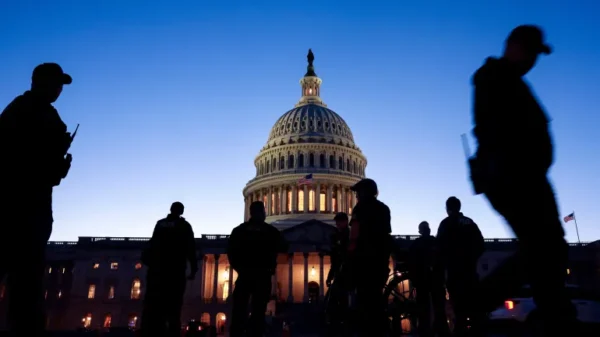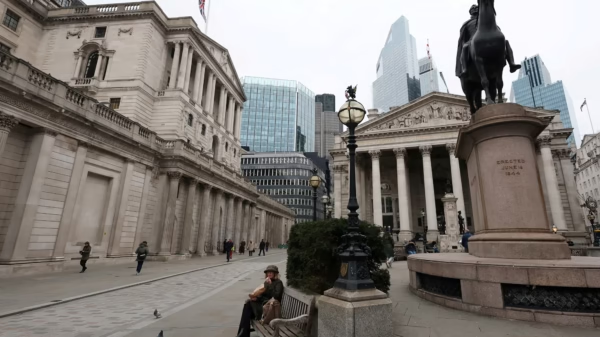Copper Futures Reach Record High Amid Tariff Speculations
Copper futures have surged to historic highs, driven by growing speculation that the United States may implement tariffs on imported copper sooner than expected. The rally reflects both immediate supply concerns and broader market reactions to geopolitical and economic uncertainties surrounding U.S. trade policy.
Copper Hits Unprecedented Price Levels
On March 26, 2025, Copper Futures Hit Record on Tariff Concerns futures soared to an all-time high of $5.20 per pound, eclipsing previous records set during earlier commodity booms. The spike underscores the market’s sensitivity to geopolitical developments and copper’s critical role in the global industrial economy.
Tariff Speculations Shake Global Supply Chain
At the center of the rally are reports that the U.S. government may fast-track tariffs on copper imports, particularly from countries deemed to have trade imbalances or national security risks. The potential for these tariffs has fueled concerns that supplies could tighten rapidly, driving up costs for manufacturers and end-users.
Industrial Demand for Copper Remains Strong
Copper is widely used in construction, automotive manufacturing, electronics, and the renewable energy sector. Demand remains strong as governments and companies expand green infrastructure, EV production, and power grid upgrades. The prospect of supply disruption only heightens the commodity’s strategic value.
Manufacturers Brace for Rising Input Costs
Major industrial manufacturers in the U.S. are preparing for the financial impact of higher copper prices. From automakers to appliance producers, companies reliant on copper are now reassessing procurement strategies and pricing models to absorb potential cost increases.
Mining Stocks Rally Alongside Futures
Mining companies have been among the biggest beneficiaries of the copper price surge. Stocks of major copper producers such as Freeport-McMoRan, Southern Copper, and Glencore rose sharply, reflecting investor optimism about higher profit margins in the near term.
Global Trade Tensions Add to Volatility
The speculation around tariffs comes amid rising global trade tensions, with the U.S. signaling a more protectionist stance. This has led to fears of retaliation from major copper-exporting countries such as Chile, Peru, and China, all of which have voiced concern over possible restrictions.
Supply Constraints Amplify Market Fears
Adding to the pressure, copper inventories on major exchanges such as the London Metal Exchange (LME) and the Shanghai Futures Exchange have continued to fall. Warehouse levels are now at their lowest in nearly a year, fueling concerns about a supply squeeze.
Investors Rush to Hedge Against Instability
Institutional investors and hedge funds have increased their exposure to copper, viewing it as both a hedge against inflation and a play on industrial resilience. The speculative interest has added momentum to the rally, pushing futures prices beyond previous technical resistance levels.
Weaker U.S. Dollar Adds Support to Prices
The copper rally has also been aided by a weaker U.S. dollar, which makes dollar-denominated commodities cheaper for holders of other currencies. This has led to increased buying from overseas investors, further tightening global supply.
Tariff Timeline Remains Uncertain
While no formal announcement has been made, sources close to the Biden administration suggest that tariffs could be introduced as part of a broader economic security package within the next quarter. Until there’s clarity, markets are expected to remain on edge, with futures responding to each new policy signal.
Analysts Split on Long-Term Impact
Market analysts are divided over how sustainable the copper rally will be. Some believe prices could correct sharply if tariffs are delayed or diluted, while others argue that structural demand and persistent supply risks could keep copper elevated well into 2026.
Copper’s Role in Energy Transition Adds Strategic Value
With copper playing a critical role in clean energy initiatives, the commodity has become a strategic asset for national governments. The Biden administration has previously emphasized the importance of securing reliable access to critical minerals for climate goals, suggesting policy alignment behind the tariff discussions.
Alternative Suppliers May Struggle to Fill Gaps
Should tariffs be enacted, the U.S. may seek to source more copper from friendly nations, but limited refining capacity and long project lead times mean alternatives will not materialize quickly. This could leave U.S. manufacturers facing tight supplies for months.
Conclusion: A Historic Surge with Far-Reaching Implications
The record-setting rally in copper futures reflects a complex web of factors, from **tariff speculation and supply constraints to growing industrial demand



































